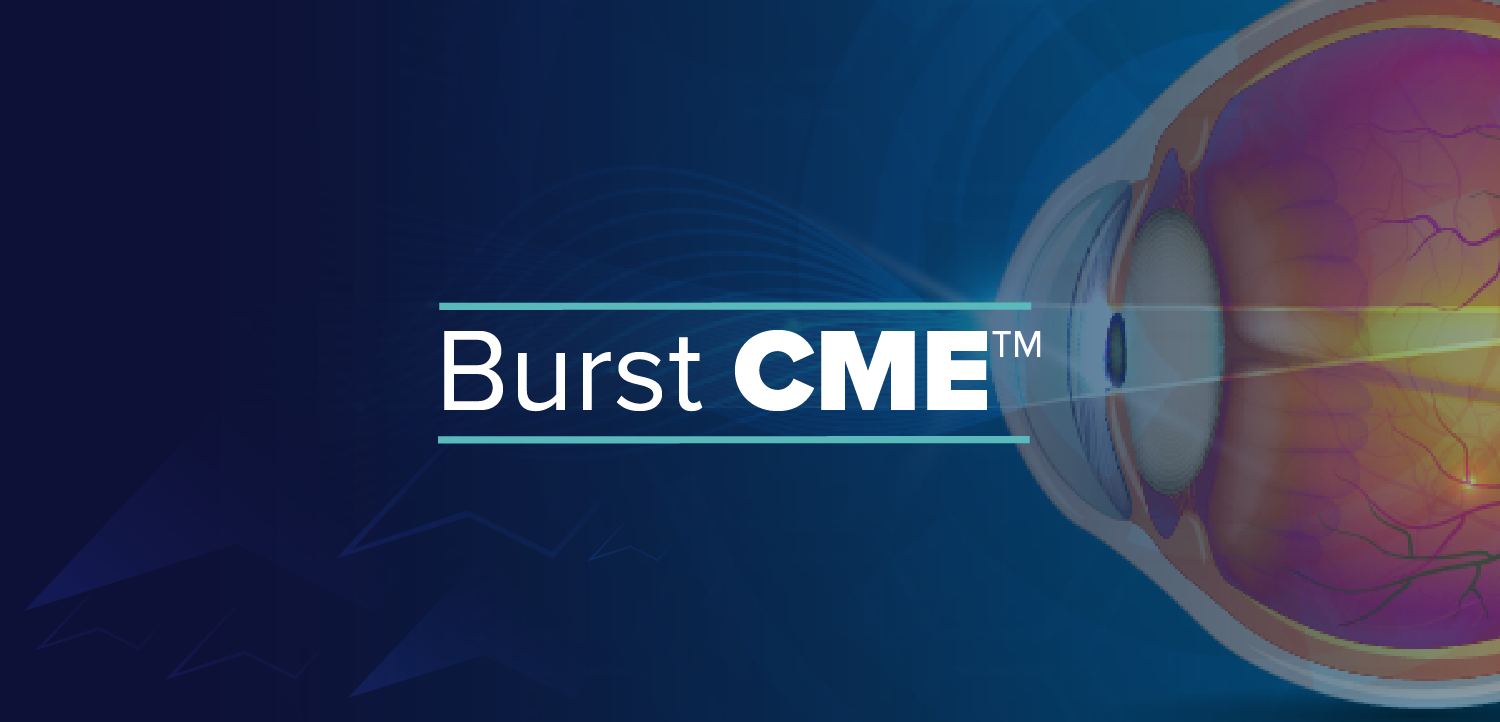
AAO 2024: The treatment for Stargardt disease in adolescents
Key Takeaways
- Tinlarebant reduces vitamin A delivery to the eye, slowing bisretinoid formation in Stargardt disease, caused by ABCA4 gene mutations.
- Phase two study showed an 80% reduction in plasma RBP4 and decreased visual acuity loss in adolescents with Stargardt disease.
In an interview with Ophthalmology Times, Quan Dong Nugyen, MD, MSc, discusses ongoing research into Tinlarebant, an investigational drug being studied as a treatment for Stargardt disease in adolescents.
In an interview with Ophthalmology Times, Quan Dong Nugyen, MD, MSc, discusses ongoing research into Tinlarebant, an investigational drug being studied as a treatment for Stargardt disease in adolescents. Currently, there are no approved treatments for this genetic eye condition, which leads to progressive vision loss. Stargardt disease is caused by mutations in the ABCA4 gene, which disrupts vitamin A processing in the retina, resulting in toxic byproducts called bisretinoids. These byproducts accumulate and cause retinal cell death.
Tinlarebant works by reducing vitamin A delivery to the eye, thereby slowing the formation of bisretinoids. The phase two study involved 13 patients aged 12 to 18, all with Stargardt disease and at least one identified ABCA4 mutation. Results showed a significant reduction (about 80%) in plasma retinol-binding protein 4 (RBP4), the carrier for vitamin A. Visual acuity loss in patients was also reduced, and the drug was well tolerated with only mild side effects like chromotopsia and delayed night vision adaptation. Importantly, none of the patients dropped out of the study due to adverse events.
Encouraged by these results, the Phase 3 DRAGON study is now underway, aiming to confirm Tinlarebant's efficacy. In addition, the drug is being tested in patients with geographic atrophy, another degenerative retinal condition. Researchers are hopeful that Tinlarebant could become the first treatment for Stargardt disease, offering hope to adolescents at risk of vision loss.
Newsletter
Don’t miss out—get Ophthalmology Times updates on the latest clinical advancements and expert interviews, straight to your inbox.



















































.png)


